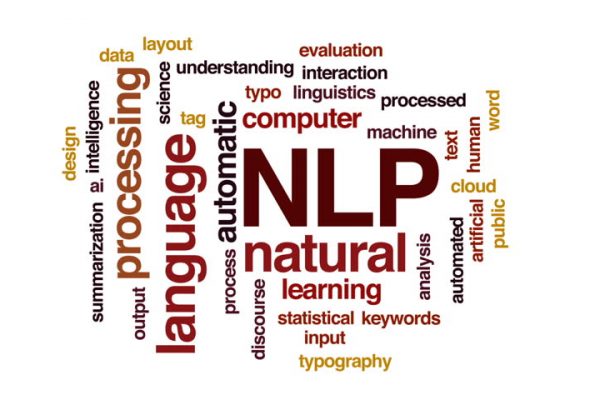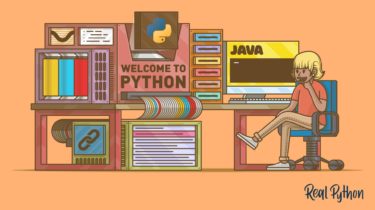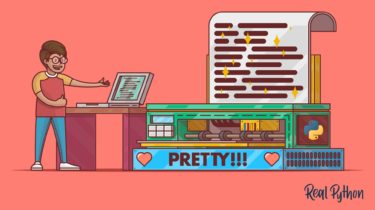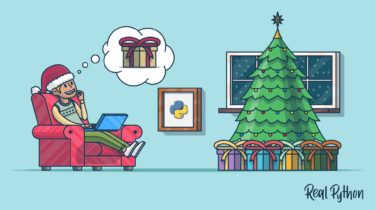It’s time to stop using Python 3.6
Upgrading to new software versions is work, and work that doesn’t benefit your software’s users. Users care about features and bug fixes, not how up-to-date you are. But there is only so much time you can delay upgrading, and for Python 3.6, the time to upgrade is right now. Python 3.6 is reaching its end of life as of December 2021. No more bug fixes. No more security fixes. “It’s dead, Jim.” As of mid-December 2021, 15% of packages downloaded […]
Read more


